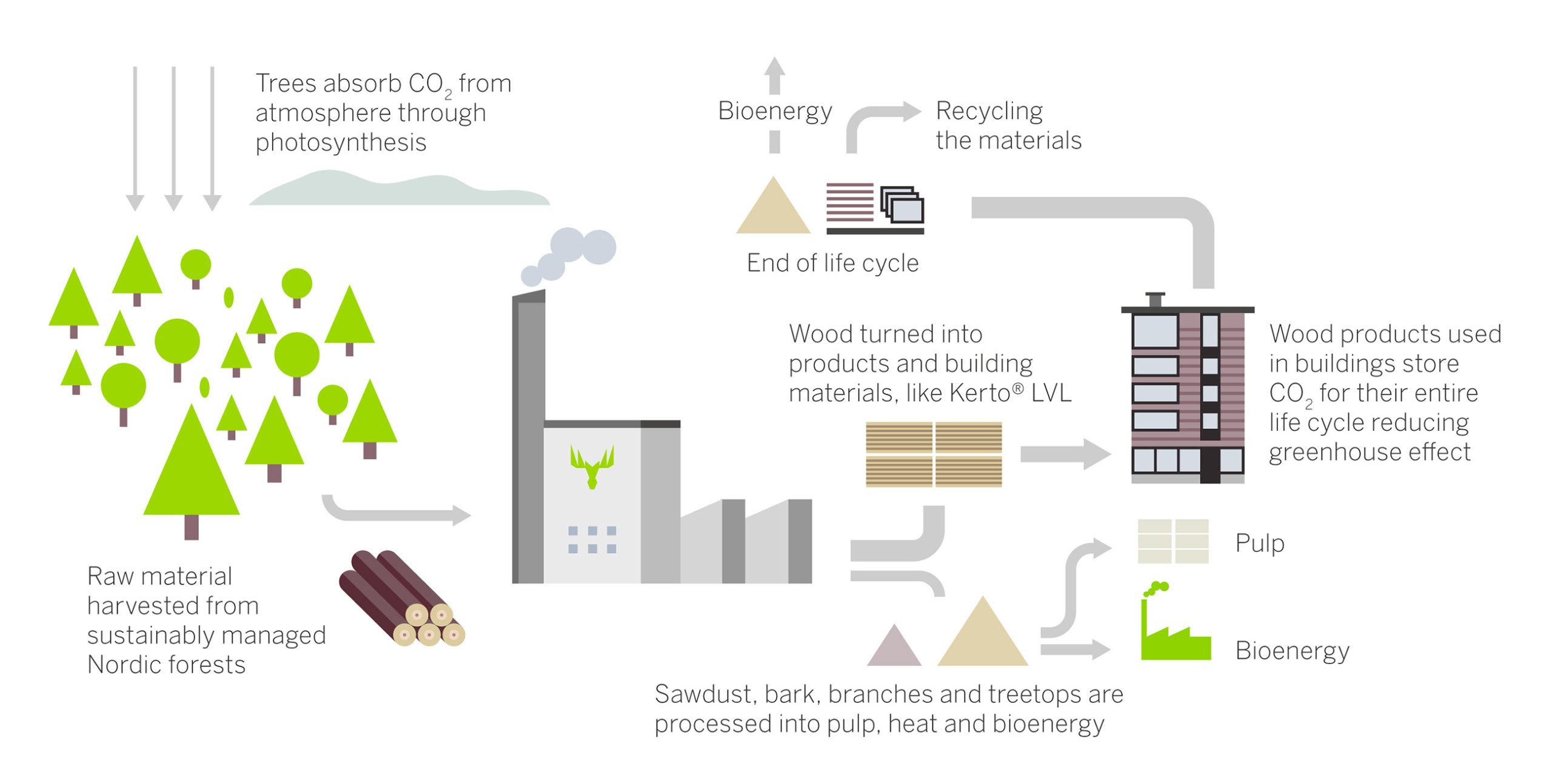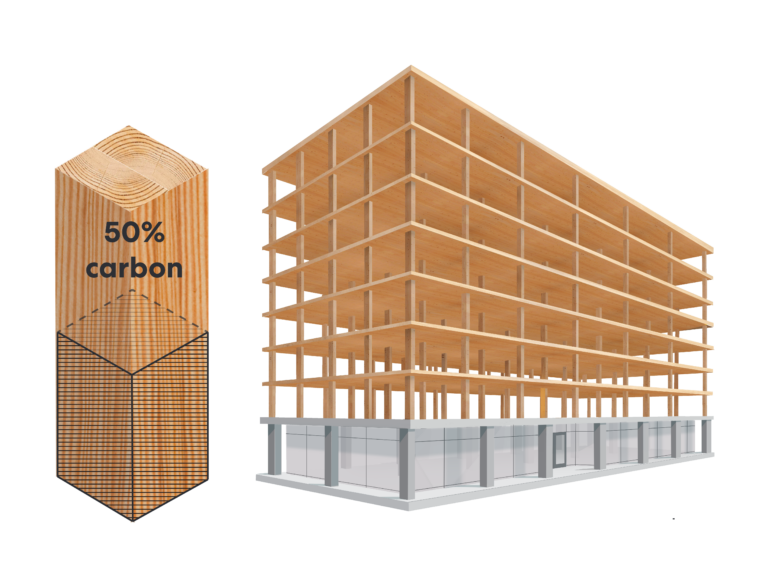News
Carbon in Timber Structures

Embodied Carbon in Timber Structures – How to Calculate it
With the United Nations’ commitment to reaching Net Zero Carbon emissions by their target of 2050, it is imperative that building designers understand the importance of sustainable building materials such as timber.
This article aims to provide insight into not only the importance of Net Zero Carbon emissions in construction, but to delve deeper into the theory behind utilising timber as a construction material to achieve the target set by the United Nations.
By 2050, it is predicted that approximately 2.5 billion people will be added to the population, requiring an additional 133 billion m2 of new housing and infrastructure (Green Building Council of Australia, 2019). If governments opt for traditional building materials such as steel or concrete, the additional strain placed onto the earth’s biosphere would be astronomical.
How can we effectively prevent this? Knowing the fact that timber stores carbon, we can understand that Net Zero Carbon greenhouse gas emission is only possible with building materials such as timber. This is because they embody carbon for their life cycle, making it imperative that a ‘Timber First’ construction policy is adopted around the world. As a rule, replacing a single cubic metre of concrete with timber would result in approximately one tonne of CO2 emission being embodied in the structure.
As building designers, it is important we understand how to calculate the amount of carbon our timber structures are storing, thus reducing the impact of carbon emissions in a life cycle analysis.
https://www.multivu.com/players/uk/8043651-wood-construction-climate-carbon-storage/
Up to 50% of the dry weight of timber is carbon the tree has absorbed while growing, removing it from the atmosphere. Upon harvest, as many as 10 trees are replanted so that the cycle may continue. This ultimately aids in generating more oxygen whilst simultaneously removing carbon and securing additional sustainable timber supply for the future.
The inclusion of embodied carbon modules in our roof, frame and floor design software has provided us with an accurate way of determining the total carbon stored in our timber buildings. With the push to Net Zero Carbon, this can be compared to traditional construction materials such as concrete which accounts for 8% of the global CO2 emissions (Green Building Council of Australia, 2019). In order to calculate the amount of stored carbon the following equation can be adopted:
Weight of material x 0.42
https://www.woodworks.org/resources/calculating-the-carbon-stored-in-wood-products/
With the feature of calculating total stored carbon in a proposed design now included in respective modules, we can effectively evaluate the environmental aspects of building design. This allows us the ability to compare timber to traditional materials, with the results leading us towards a Net Zero Carbon future.

Taine Baudy-McDonald
Structural Engineer
[email protected] 03 8792 0800
Let’s Work Together

